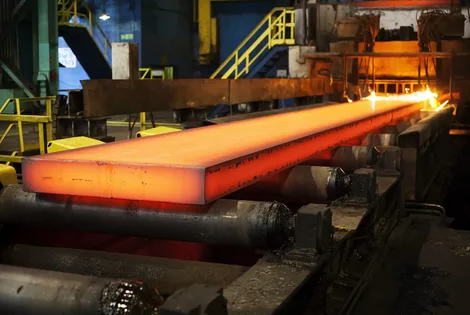After weeks of intervening in foreign exchange markets in an attempt to keep the currency stable, the Central Bank of Ukraine depreciated the exchange rate of the national currency, and imposed capital controls, including a ban on the purchase of foreign exchange for foreign investment.
By the end of 2013, the attractiveness of Ukraine for investors was the worst over the past five years. Investors say they are pushed away by traditional problems in Ukraine, such as corruption and technical barriers affecting trade, foreign exchange regulation and customs clearance.
At the same time, large companies in Ukraine have good prospects for the future, and small businesses have their hands tied, according to the European Business Association (EBA). Ever since Soviet times, Eastern Ukraine has been a stronghold of the Ukrainian large metallurgical and machine-building industries.
In the first half of 2013, the Ukrainian president seemed to support an association agreement with the EU, but that all changed when problems arose in trade with Russia. Heavy industry bosses, who can only sell their products in Russia, said the price was too high for European integration.
At the same time, the "heavyweights" of the steel industry, with export markets in the EU and Asia, remained silent and aloof.
In search of work and money, rural residents of western Ukraine went to work abroad and thus became significant investors in Ukraine. Last year, they sent home $ 7.5 billion via bank transfers, which is 4 percent of Ukraine's GDP.
The hryvnia fell to the lowest official level

|
|
Azovpromstal® 11 February 2014 г. 11:42 |





